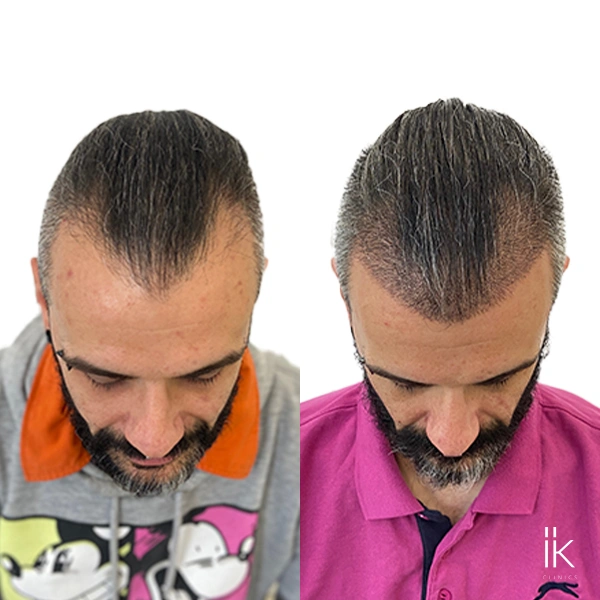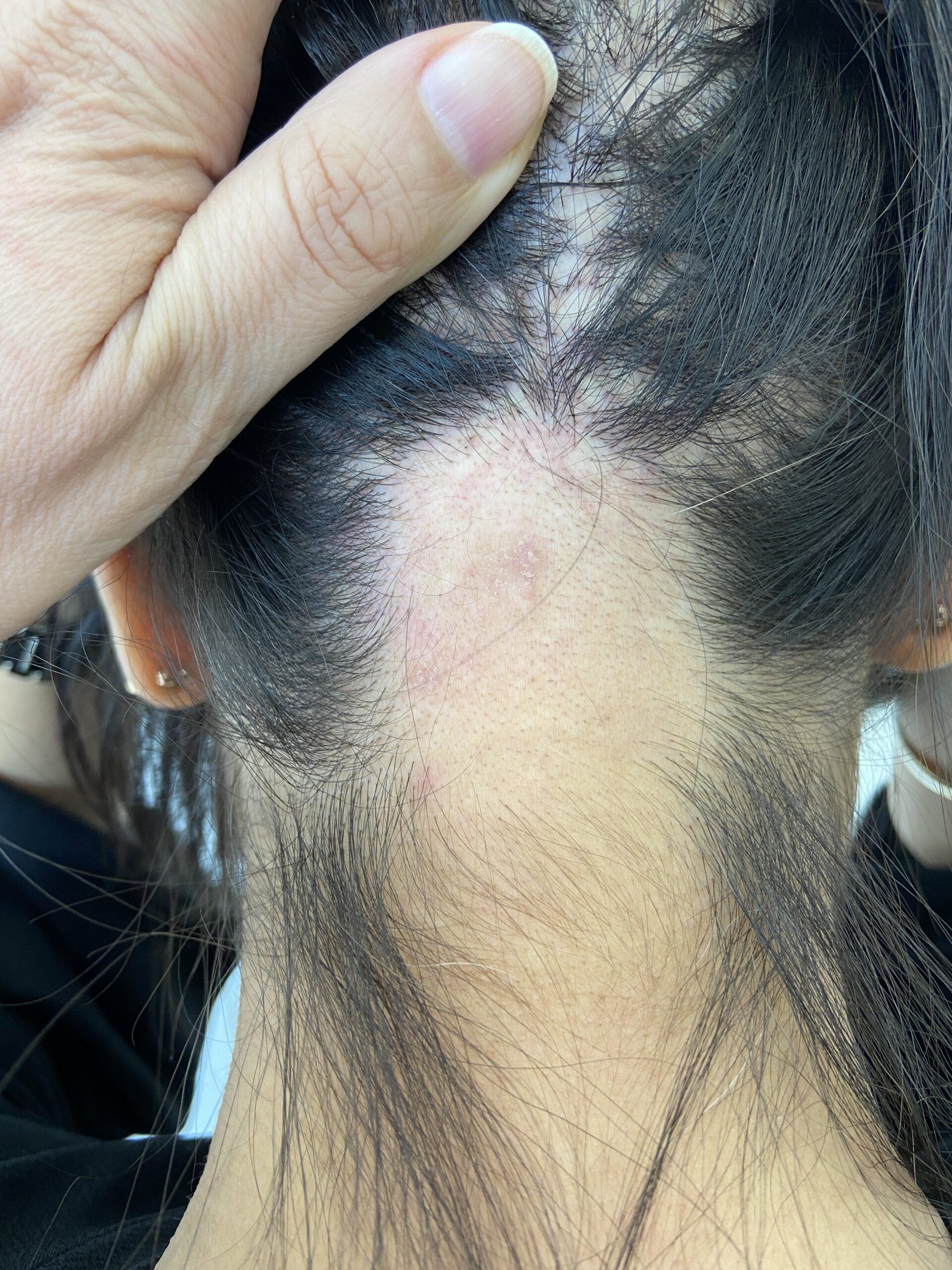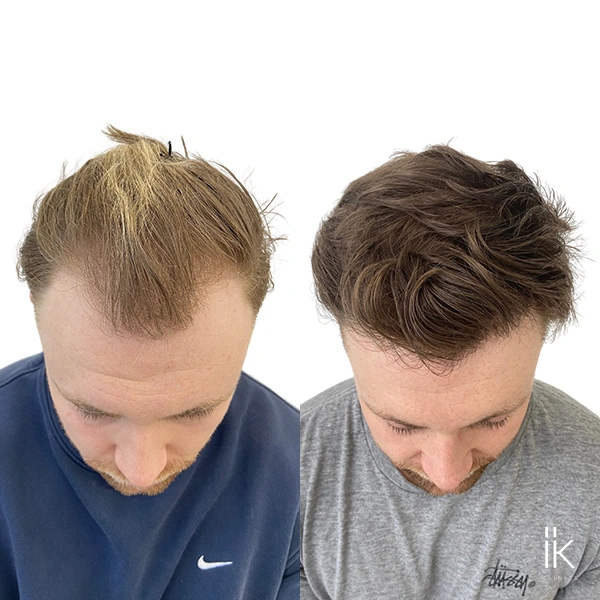Gone are the days when a transplant screamed “I had work done.” In 2025, it’s all about subtlety, personalisation, and confidence – restoring not just hairlines but self-esteem, too.
And as the world of aesthetics continues to grow, so do the preferences of those seeking hair restoration. From the rise of hyper-natural looks to cutting-edge density techniques, we take a closer look at the biggest hair transplant trends shaping the year ahead.
Natural is the New Noticeable
One of the clearest trends emerging in 2025 is the desire for natural-looking results. Patients are no longer chasing dramatic makeovers. Instead, they’re opting for refined, believable outcomes that blend seamlessly with their existing hair.
“People want results that look like they’ve always had a good head of hair,” explains London-based aesthetic advisor, Rachel Moore. “The focus is on subtle improvements, rather than statement transformations.”
This has led to more emphasis on the angle, direction, and placement of transplanted follicles – essentially replicating how hair naturally grows.
Many clinics, like IK Clinics based in Leicester, are leaning into these preferences by offering bespoke solutions that match hair texture, growth patterns and ethnic background, helping clients achieve results that don’t just look good – but real.
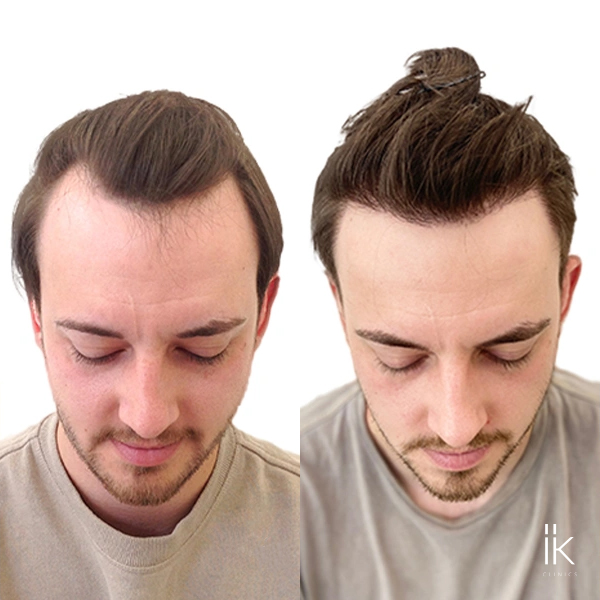
High-Density Transplants: More is More
While subtlety is in, many patients still crave thickness and volume – just in a more sophisticated way.
High-density transplants are gaining traction, especially among those who’ve experienced significant hair loss. These procedures aim to pack more grafts into smaller areas, producing fuller coverage with a softer finish.
Thanks to refined tools and meticulous technique, surgeons can now achieve high-density results without the plug-like appearance once associated with older transplants. Advanced planning, often with the help of 3D imaging, allows practitioners to distribute grafts in a way that appears dense yet undetectable.
“Clients are becoming more informed,” says Birmingham-based consultant Jon Reid. “They’re doing their homework and seeking clinics with the expertise to deliver both density and delicacy.”
The Rise of Temple and Crown Restorations
It’s not just receding hairlines that patients are tackling in 2025. The temples and crown areas – once considered trickier zones – are getting more attention than ever.
Transplanting hair to the temple area can dramatically reshape the face and restore youthful symmetry. Meanwhile, crown restorations, previously less popular due to slower growth in this region, are being approached with improved strategies and better expectations.
Today’s surgeons understand how to layer the crown’s natural swirl pattern, ensuring the result doesn’t stand out but enhances overall coverage. With a personalised consultation, clinics can determine if tackling both areas at once or in stages makes sense.
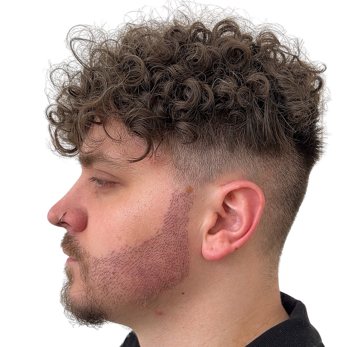
Beards, Brows, and Beyond
Hair restoration isn’t limited to the scalp. In 2025, we’re seeing a notable rise in facial hair transplants, with beards and brows leading the charge.
Patchy facial hair – once accepted or hidden – is now commonly corrected with a transplant. This trend is particularly popular among younger men, many of whom see facial hair as a symbol of maturity and style.
Similarly, women are embracing fuller brows through restoration techniques, aiming for a natural lift and structure without the need for microblading or tattooing.
These procedures are delicate and require high levels of precision. At clinics, like IK Clinics for instance, treatments are tailored to fit each client’s face shape and growth patterns, allowing for natural integration with existing hair and features.
Less Downtime, More Discretion
Convenience continues to drive trends in the aesthetic world, and hair transplants are no exception. With busy schedules and a desire to keep things private, patients are looking for faster recovery and less visible evidence of having had a procedure.
Enter minimally invasive methods and improved post-operative care. The FUE (Follicular Unit Extraction) method remains the go-to, but 2025 has brought in even more refined versions – requiring smaller incisions, less scarring, and a quicker bounce-back period.
Innovations in post-transplant products and protocols also help speed up recovery. Many clinics now provide guidance on scalp care, nutrition, and even light therapy to promote healing – all while ensuring patients can return to work or social life with minimal disruption.
Personalisation is Everything
A recurring theme in 2025 is the shift away from a “one-size-fits-all” model. Instead, clients are increasingly seeking out clinics that offer personalised consultations, treatment plans, and long-term support.
“Hair loss can be emotional,” says Reid. “So a big part of the job now is understanding what the client really wants – whether that’s a soft hairline, full coverage, or just a confidence boost.”
Patients are encouraged to consider everything from their hair goals to their lifestyle, long-term maintenance, and even future hair loss progression. The best clinics – like IK Clinics – don’t just perform a transplant; they guide clients through the whole journey with a plan that fits their face, hair type, and future aspirations.

A More Informed Patient
Ultimately, 2025’s hair transplant trends reflect a smarter, savvier clientele. Today’s patients aren’t just booking the first clinic they find – they’re researching, comparing, and asking the right questions.
With countless before-and-after galleries online, detailed YouTube journeys, and accessible educational content, patients are more aware of what’s possible – and what’s not.
This puts pressure on clinics to continually refine their approach, stay updated on the latest techniques, and offer transparency in both pricing and results.
Final Thoughts
Whether you’re in the early stages of hair loss or looking to refine a previous procedure, the options in 2025 are better than ever. With the focus now on natural outcomes, personalisation, and long-term satisfaction, hair transplants have never felt more approachable – or discreet.
And with professional clinics, like IK Clinics, offering tailored solutions to meet these modern demands, it’s clear the future of hair restoration is both promising and personal.
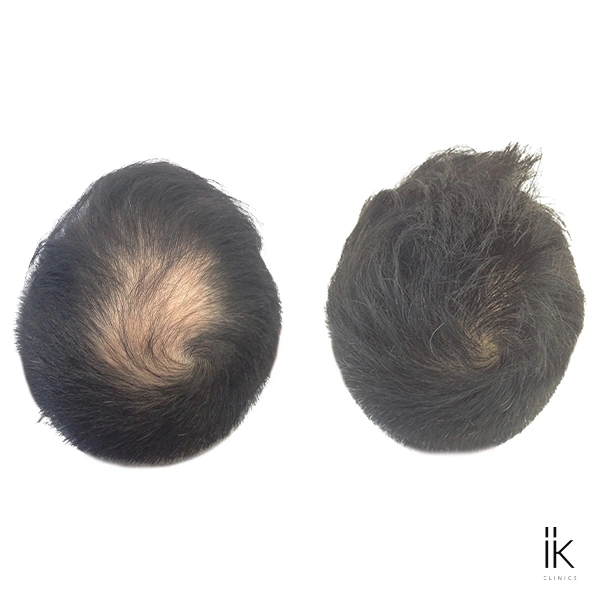
About IK Clinics
At IK Clinics, we are proud to stay at the forefront of global hair restoration trends, offering a variety of advanced techniques to meet the diverse needs of our clients. From FUE, PRP to Stem Cell Therapy, we ensure that every client’s treatment is tailored to their personal goals, helping them regain not just their hair but also their confidence.
Interestingly, we don’t just stop at hair restoration treatments, our highly skilled team also offers a range of anti-aging treatments.
